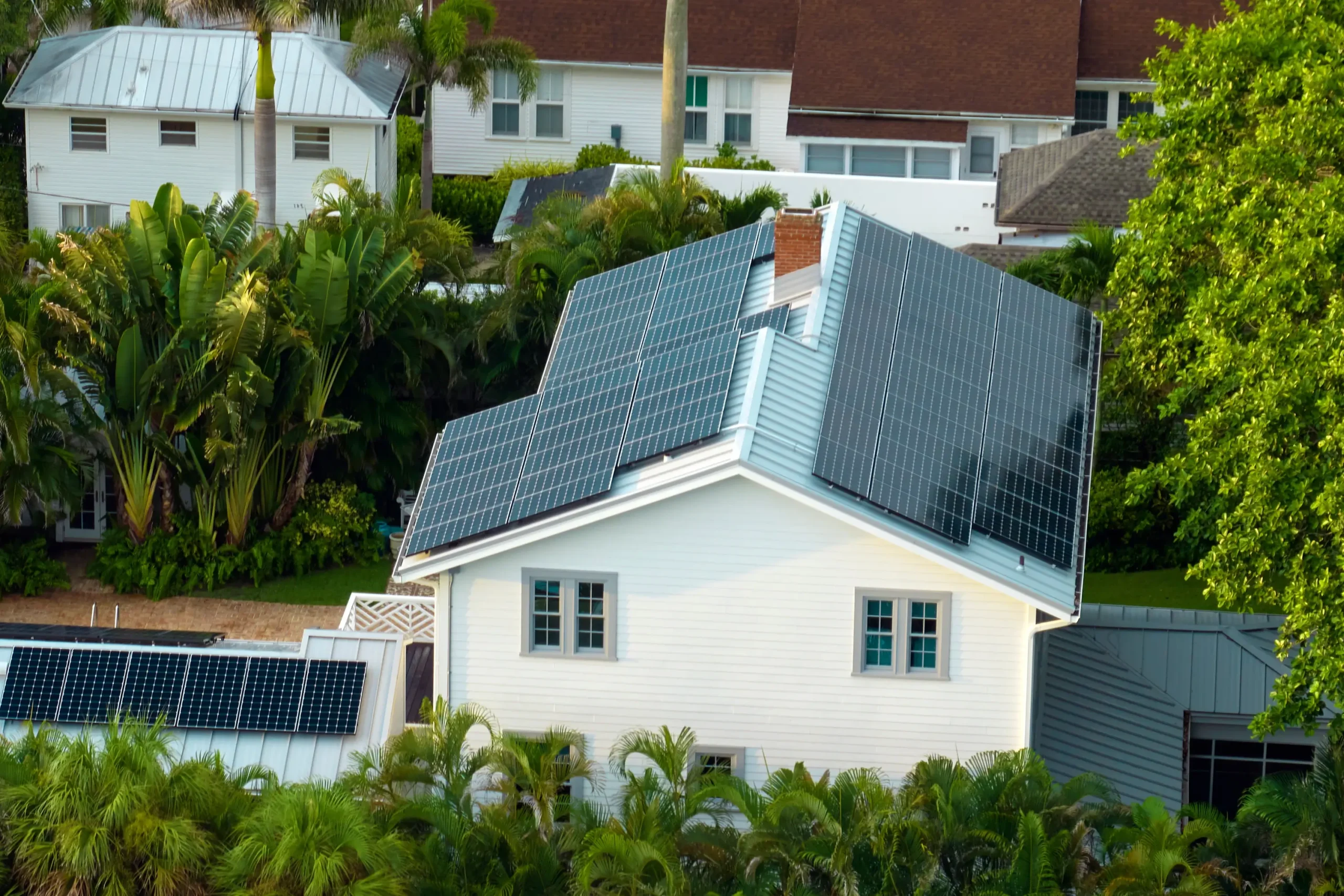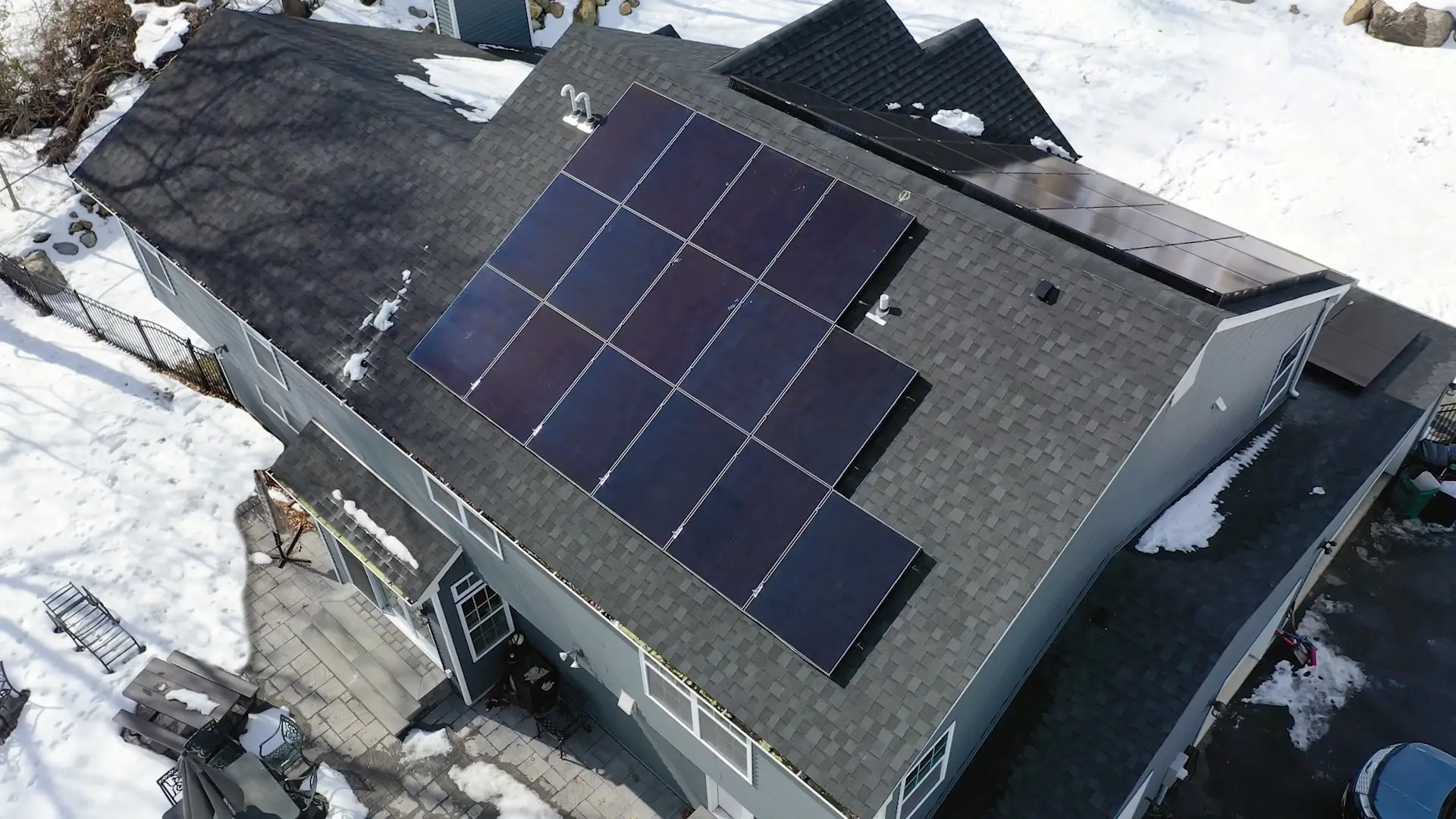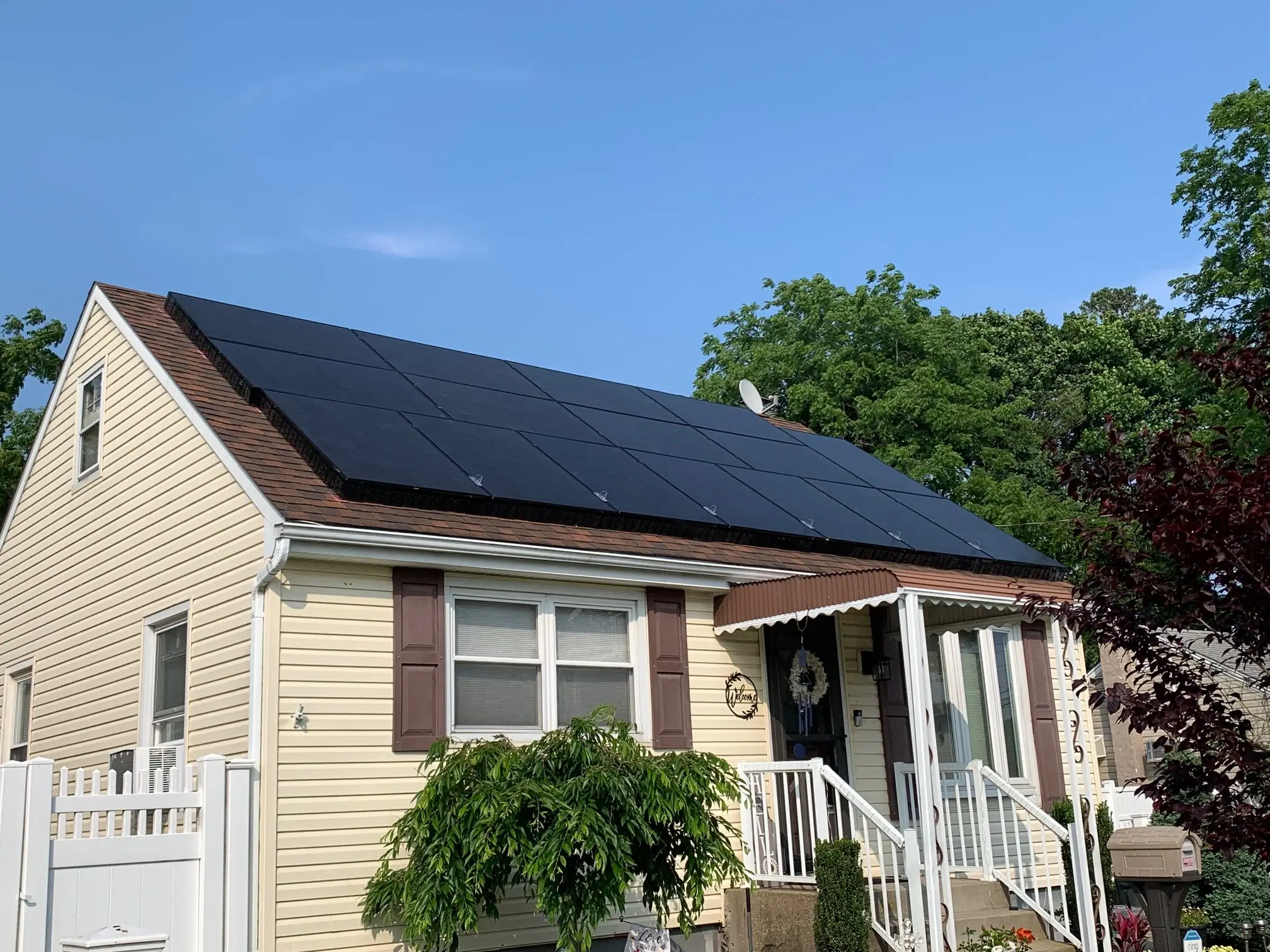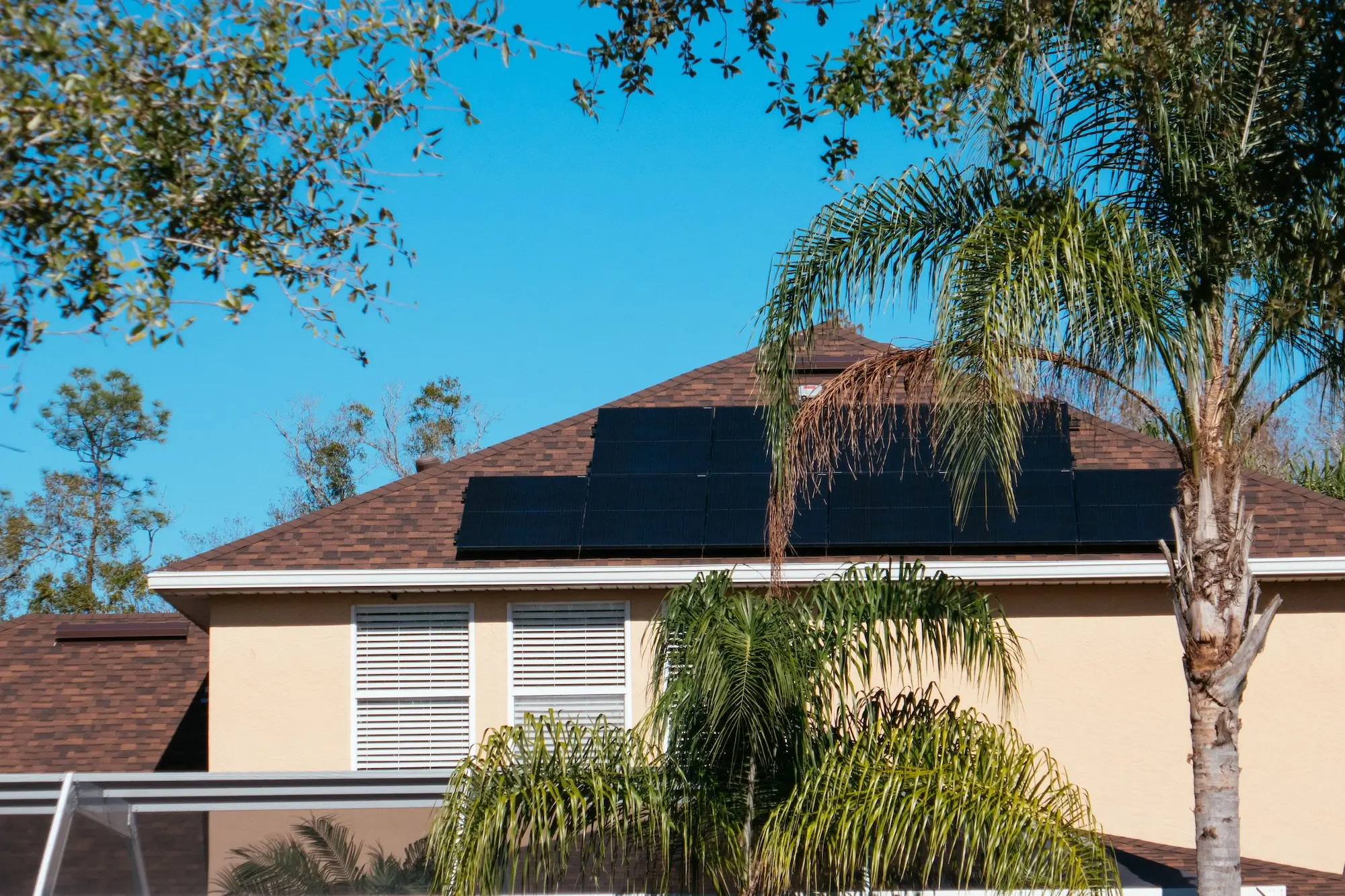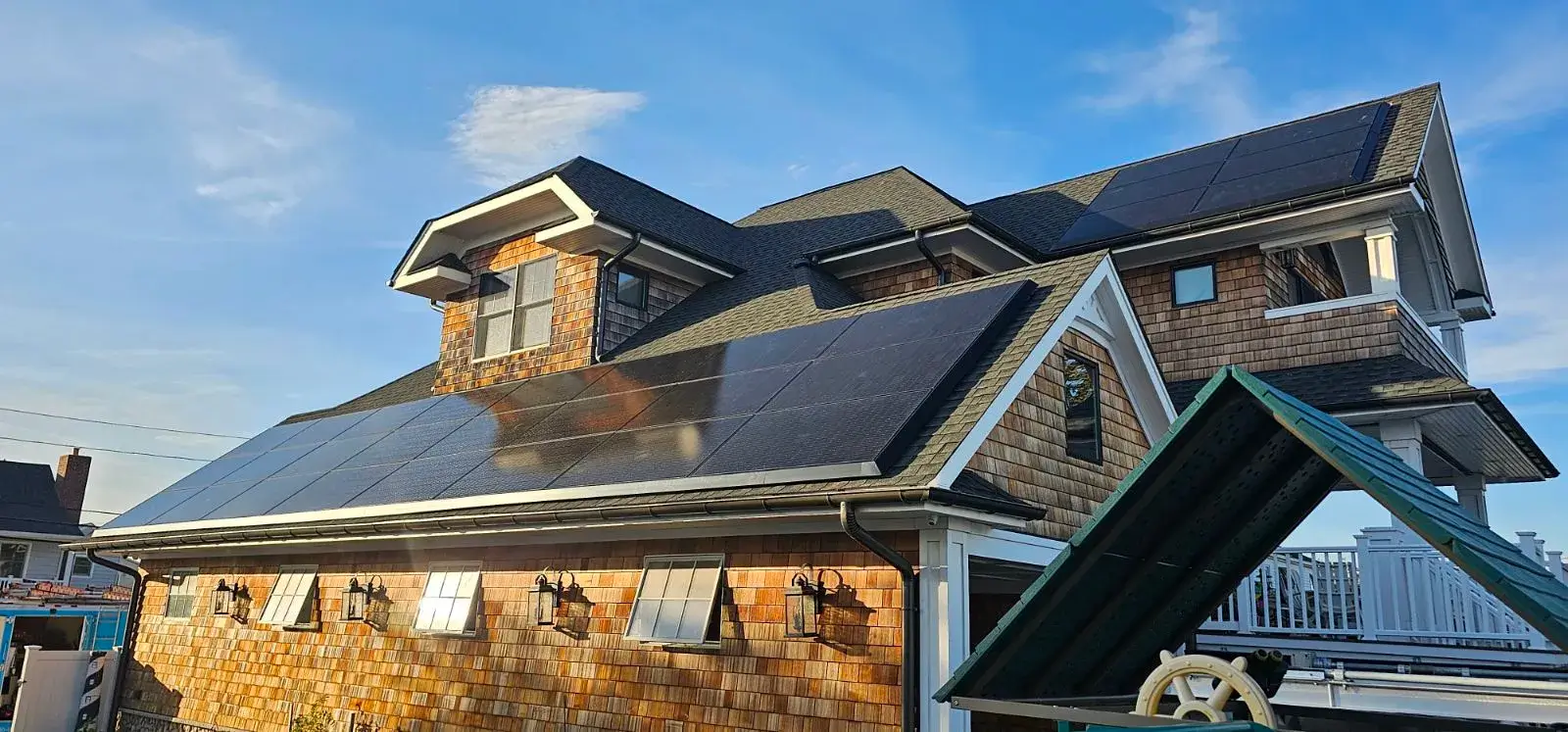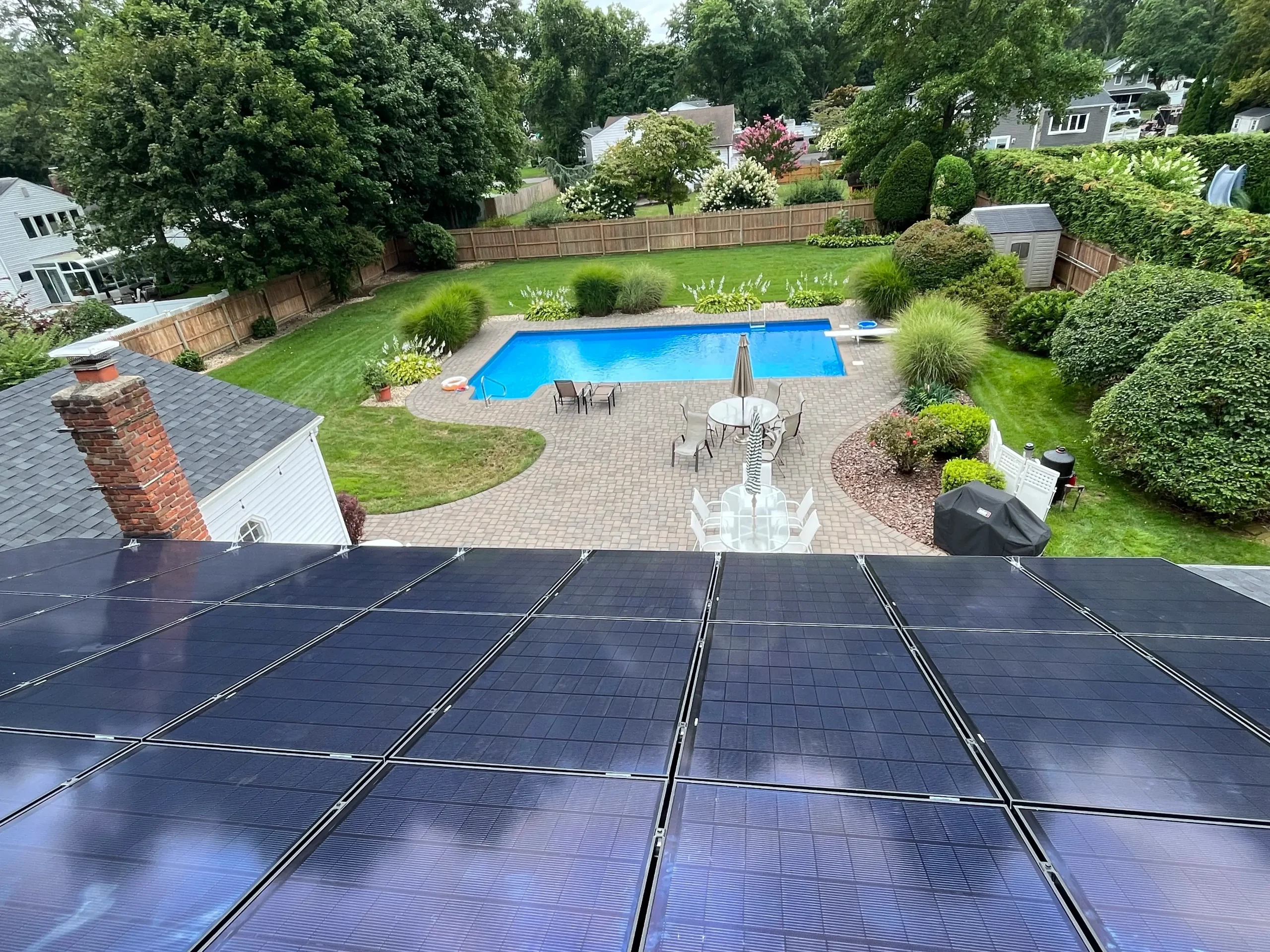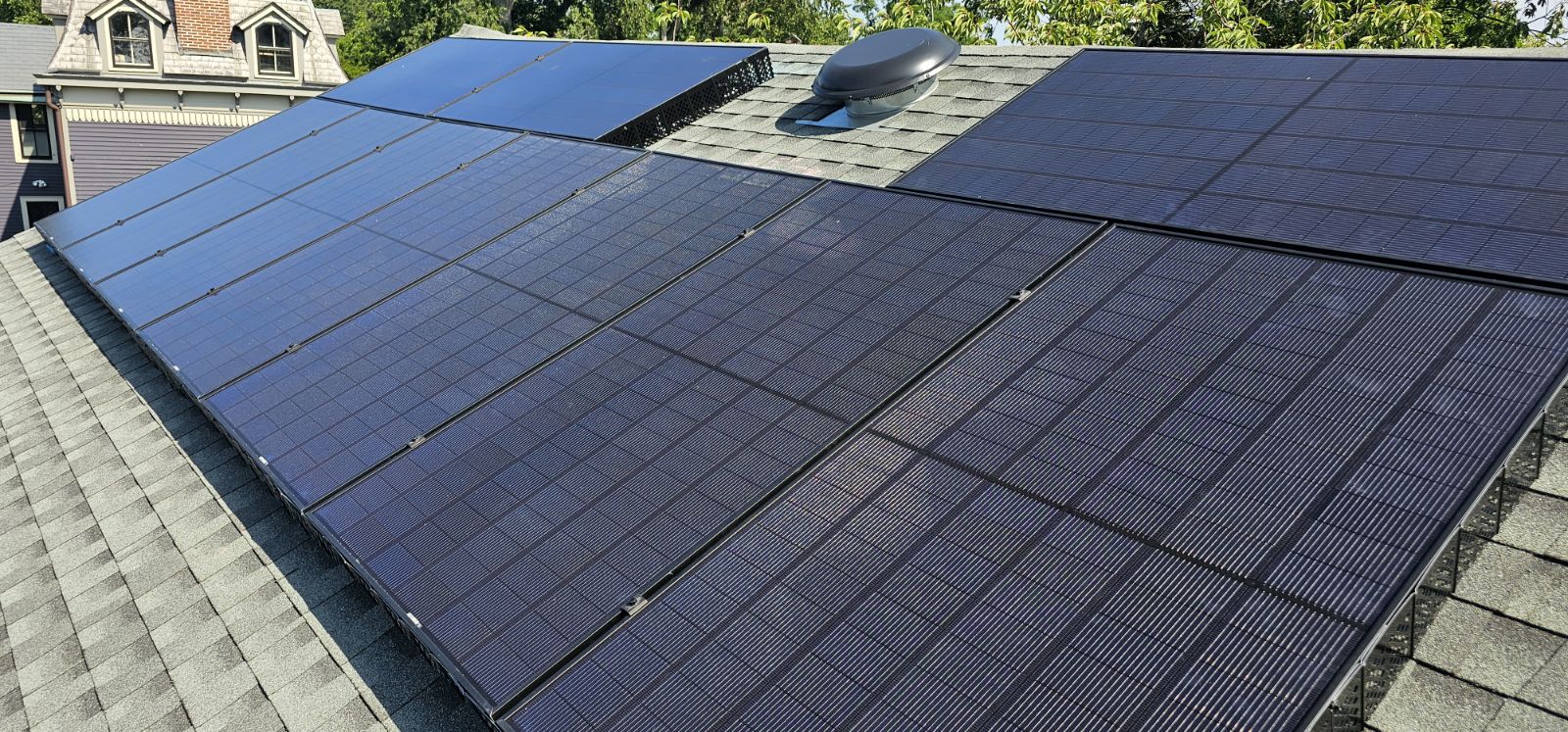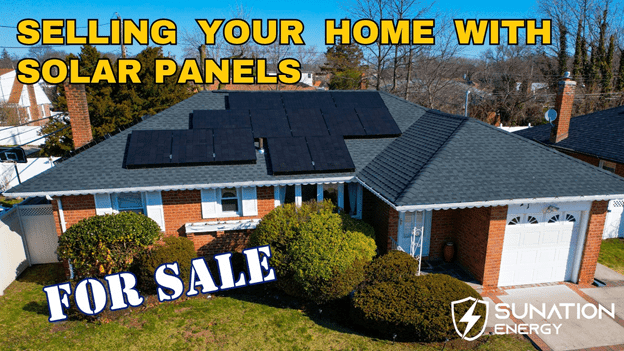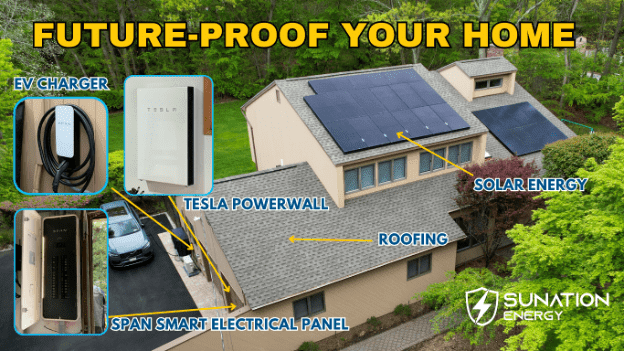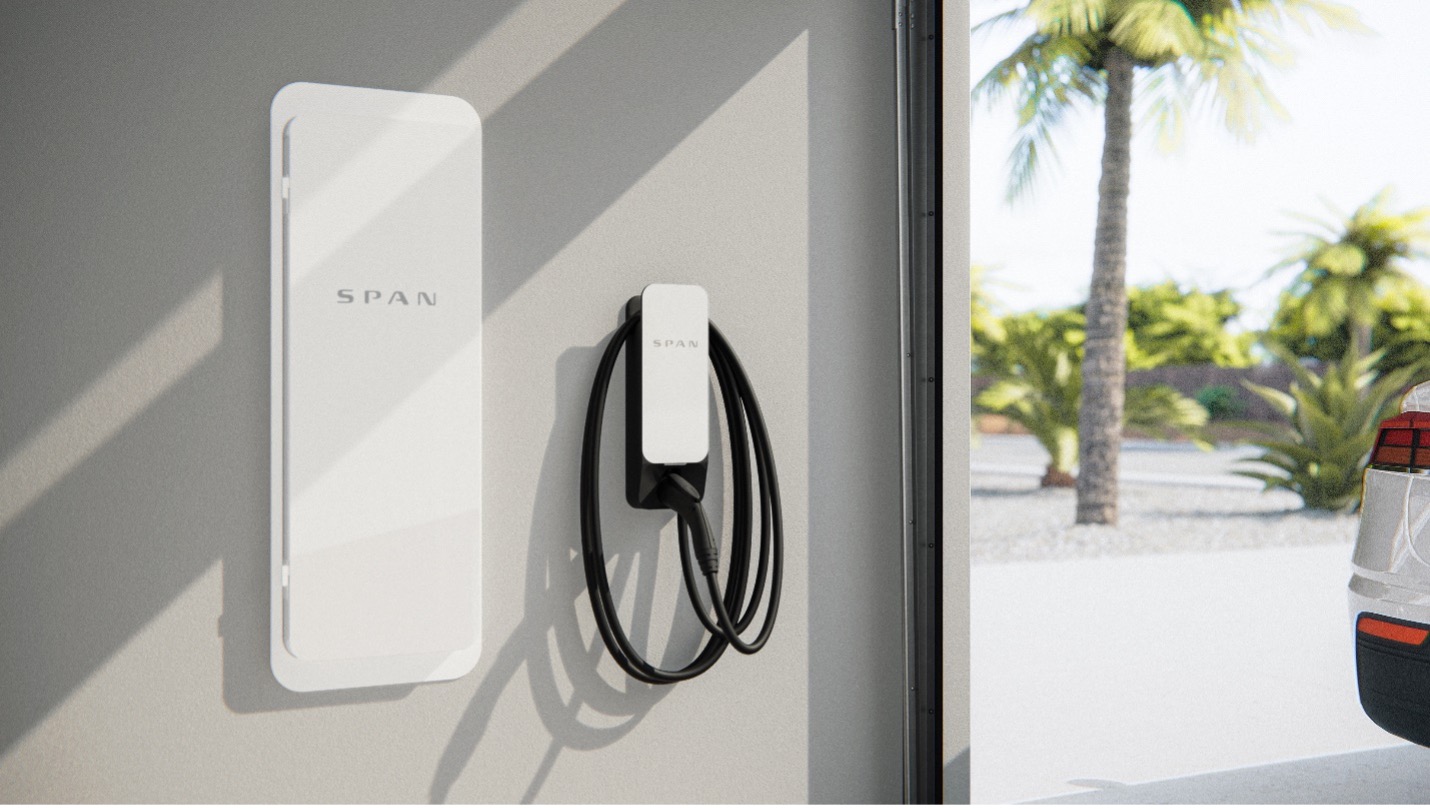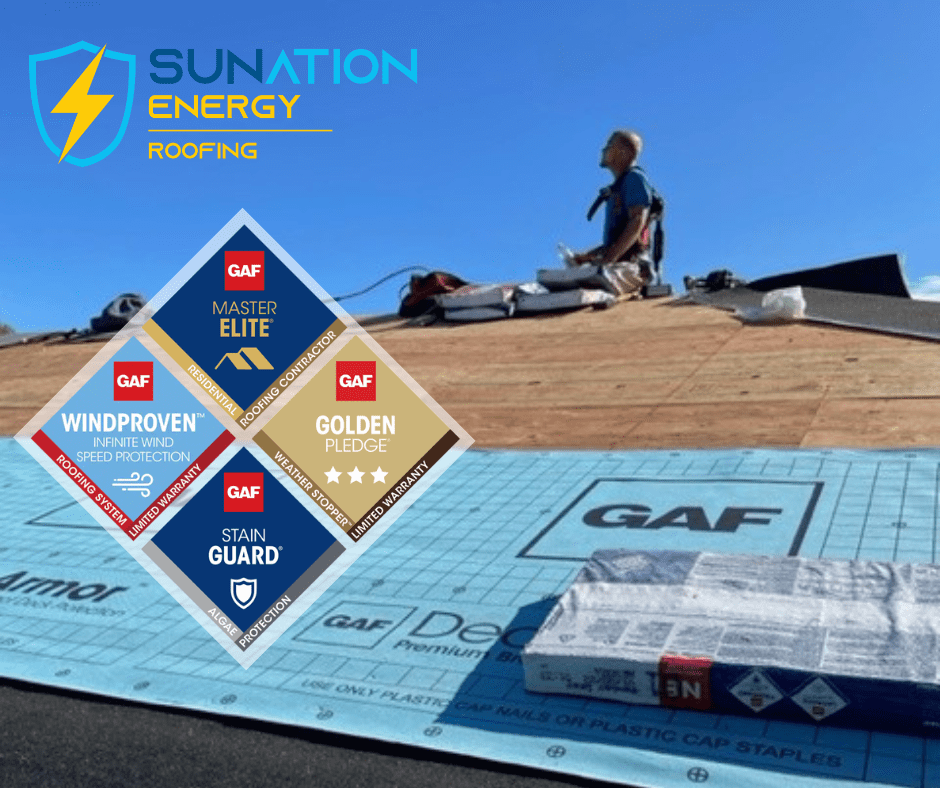One of the most important features of a solar panel is how much energy it can produce. Whether you want the solar panel to power 100% of your household needs, or even just 50%, some factors will influence the energy production capabilities of a solar panel. If you’re looking for the most efficient solar panels for your solar energy system, the first thing you need to know is that different factors determine the efficiency of a solar panel. The amount of electricity a solar panel produces depends on the following important factors: the size of the panel, the efficiency of the solar cells inside, and the amount of sunlight the panel gets.
Here are some factors to consider when determining how much energy a solar panel can produce.
How Big Are Solar Panels?
Typical residential solar panel dimensions today are about 65 inches by 39 inches, or 5.4 feet by 3.25 feet, with some variation among manufacturers. Each solar panel has solar photovoltaic cells that are linked together by wire. The cells are where electricity is made, and the wires carry the electricity to a junction box where the panel is hooked into a larger array. A solar array is a collection of multiple solar panels that generate electricity as a system.
Why Does Solar Panel Size Matter?
Yes, solar panel size matters, but it depends on what is being measured. There are two ways to measure the size of solar panels: physical size vs. power rating. Physical size is measured in square feet relating to the panel itself or how much space it takes up on your roof, and solar panels come in various physical sizes. The power rating, however, is the amount of electrical power, or watts, the panel can produce.
All solar panels receive a power rating indicating the amount of power they produce under industry-standard test conditions. Most solar panels on the market have power ratings in the range of 200 to 350 watts. A higher power rating means that the panels are more effective at producing power.
As solar energy technology has improved, physically smaller panels have been designed to absorb more sunlight and create more power. A smaller solar panel that produces more power than a larger one is said to be more efficient. What this means is that you could have a system of smaller panels that are just as productive as a larger system made up of less efficient panels. Just because one panel is physically bigger, doesn’t mean it has a higher power rating.
How Efficient Are Solar Panels?
Several factors determine the efficiency of a solar panel. Ultimately, solar panel efficiency is determined by how much incoming sunlight the solar panel can convert into usable electricity. That incoming sunlight is in turn influenced by composition, electrical configuration, surrounding components, the weather, and more. The following are some of the factors that contribute to the solar panel’s overall efficiency:
- Material: The type of material (monocrystalline silicon, polycrystalline silicon, cadmium telluride, etc.) impacts how light converts to electricity.
- Wiring and busing: The organization of wires and busbars on a solar panel that capture and transfer electricity impacts efficiency.
- Reflection: The efficiency of the panel may be lowered if light is reflected away from a solar panel. This is why the glass layer on top of silicon solar cells is so important.
Most solar panels are between 15% and 20% efficient, with outliers on either side of the range. High-quality solar panels can exceed 22% efficiency in some cases, but the majority of photovoltaic panels available are not above 20% efficiency.
How Much Energy Does One Solar Panel Output?
The panel technology is the first factor in the panel’s production abilities. There are 2 main types of solar panel technology: monocrystalline and polycrystalline. Monocrystalline, though more expensive, offers higher efficiency in high temperatures and shady conditions. Polycrystalline is less expensive but is less efficient at higher temperatures. Polycrystalline is a newer technology and will become more efficient over time. However, if you want to generate the most power in the smallest amount of space, monocrystalline may be the best option for you.
How Much Solar Power Will You Need?
To calculate how much solar power you’ll need to power your home, you need to know the following: how much energy your household uses; your roof’s usable surface area; the climate and peak sunlight in your area; the wattage and relative efficiency of the photovoltaic (PV) panels you’re considering; and whether net metering is available.
You can calculate how many solar panels you need by multiplying your household’s hourly energy requirement by the peak sunlight hours for your area and dividing that by a panel’s wattage. Use a low-wattage and high-wattage example to establish a range. For example, 17-42 panels can be calculated to generate 11,000 kilowatts used (kWh) per year
Our SUNation solar experts will handle all of these calculations for you to help determine what will work best for your household’s specific needs.
Cover Your Electricity Needs with SUNation Solar
To sum it up, a singular solar panel should be able to cover about 1/20th of your household energy needs. This is why most solar arrays include 10-20 panels so that they can cover the majority of a household’s needs, depending on electricity use, available roof space, the type of panel technology, efficiency, location, angle, climate, and more.
With the cost of solar dropping every year, it’s becoming more and more common for home and business owners to install solar panels on their property. Not only can you easily generate enough energy to cover all of your energy needs, but solar panels are now cheaper and more efficient than ever. To schedule a consultation with one of our Long Island solar experts, call us today at (631) 750-9454 or contact us on our website.
